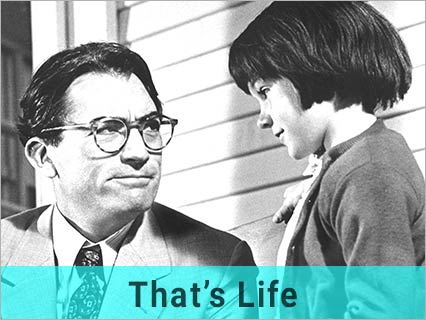How do you know if it is happening to you?
27 Sep 2019
Dear LPG,
Most people think that depression is something that happens to other people even though the statistics say otherwise. The report I found tells that while about 40% of all people over the age of 65 are likely to suffer at some time in their lives, we are the people who will do the least about it.
Statistically, this has to mean that any pensioner, finding themselves in a room with nine others, is more than likely to be talking with, or at least looking at four people who are depressed and don’t even know it. Frighteningly they may even be one of the four.
We all feel a bit low from time to time and often it is because of something relatively trivial in our lives that has gone wrong, I have five televisions in my house but if one is not working it feels like the end of the world for me. It gets me down even though it is something I can fix without too much effort, but I think that I am talking about things that are much more serious than that.
The real question is, how can you spot the signs of depression in yourself or a friend? I know that I would be telling all my friends about a broken telly for a day or two and would have no real problem replacing it, so that is not it. Depression is about the things that you think that you can’t put right, that you often can’t put your finger on, that it is hard to talk about, and that leave you feeling down day after day, according to what I have read.
I can hear some readers saying that what is thought of as depression now was the stuff that we all had to deal with back in the day, but those little things that we find ourselves thinking about when we are alone; what life is really all about, there is nothing left for us to do, lack of self-worth, not wanting to be so alone or, the people around us not understanding, get to us all at times. We need to make sure that they don’t grow to the point that we are clinically depressed. I am wondering if making sure that we have at least one friend that we can really talk to is one answer.
It is interesting that the statistics find more women than men showing the signs, and I wonder if that is because men tend not to ‘open up’ about their feelings in the way that women do. When you walk into most social clubs or day centres for older people there are so many more women than men. I believe that many more men could be affected but they are more likely to suffer in silence.
I am just thinking that if we are able to talk more candidly to each other we would notice the signs earlier and be more able to do something about them before they become a threat to us. I did a little googling on the subject and would like to share my findings.
EP, Downham.
EP found some statistics and information about how to spot the signs…







